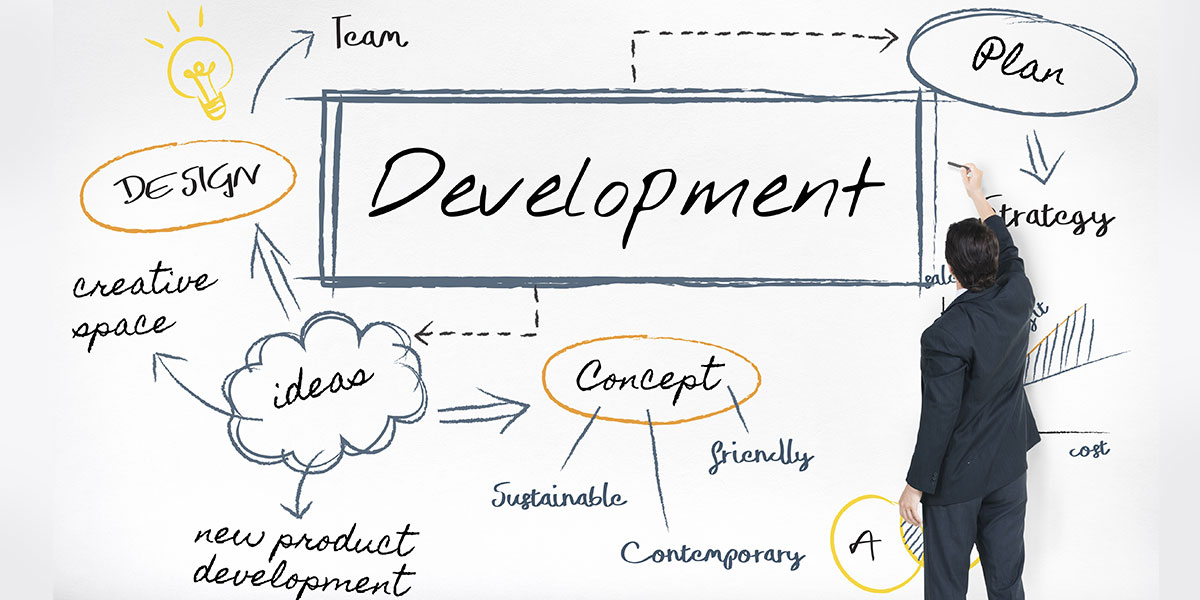By Shrijay Seth
Founders and investors both strive for the sustained growth of the organization. But it takes courage, right decisions and vision to navigate the path to growth.
And one of its most fundamental aspects is the setting the growth agenda.
Agenda for growth is all about directing progress after a thorough consideration of perils on the way and wins on the cards.
For a founder to create a growth agenda, they must follow the three major principles that
complement the agenda to drive quantifiable growth.
• Mapping: Planning and executing the activities that yield a high return on investment.
• Testing: Don’t start by assuming that your agenda will have little to no deviation. When setting it up, try generating and testing the hypothesis.
This means, taking some time out to sift through the analytics and validate the assumptions accordingly. In tune with the situation, stop flying blind and consider a holistic approach to set up a growth agenda.
• Setting Goals: Choose one target metric at a time and focus on that. Such a focused approach will help you set up the goals.
The team will have a target metric to focus on – in longer run this helps to hit the agenda milestones.
Evolving an agenda will need frank and robust discussions amongst the key members of the organization. And an ideal agenda is the one that pinpoints the pain areas and also identifies the solution.
Executing new ideas with an ability to solve problems will demand agility from team members.
Make sure they are capable of pulling it off without any unexpected hassles.
Developing Intensive Growth Strategy Put together a growth strategy that creates maximum impact with minimum efforts.
This means you should be gaining more by taking a much lesser risk, allocating few resources and maximizing the results from efforts.
Consider growth agenda as something like a ladder where lower-level rungs stand for less risk but also means lower quick-growth impact.
The agenda should be around building a strategy that balances growth and risk.
Considering the lower-level rungs initially is one part of implementing the intensive growth strategy.
Here are some guidelines that founders should follow when designing a growth agenda:
1. Penetrating the Market
A growth agenda which considers taking calculated risks should start with selling the current products/services to existing customers.
This works best for large consumer goods companies where reselling is easy.
But also on the service part, think of ways you can upsell the upgrade or advanced services once you have the faith of your customers.
For product-based businesses, offering new ways to use the products is the best bet to on-board new users multiplying their consumption.
For example, promoting baking soda as a refrigerator deodorizer to increase market penetration.

2. Market Development
The next rung on the ladder is to find alternate ways to sell your current product or services. One way is to spread your geographic reach and target new customers.
Most of the fast-growing companies in the past successfully leveraged market development as a way to fulfil their growth agenda.
Ensure you consider market development as an essential aspect of the growth agenda.
Even for market development, your agenda should focus on improving reach. Are you planning to give franchise for selling your services or products? Or will you open offices at different places?
Maybe you can plan to give consignment to third-party to extend your services.
Eventually, you need to set these growth opportunities in the agenda along with the plan of execution.
3. Opening up Alternative Channels
Scaling up involves opening up multiple selling touchpoints which requires pursuing customers in different ways.
Consider how selling your products online will drive growth and compare it with the number of operational hiccups you might face.
Now, if you are looking to capitalise on the internet as a channel to drive growth, do contemplate whether you want to go with rental service for products or SaaS when it comes services.
The growth agenda should mention such channels and also the expected growth that you are planning to achieve.
This will need a market survey as well as to identify your target group engaged in buying products and services online to market your offerings accordingly.

4. Product Development
One way to make a difference in the market is to introduce a new product.
The key lies in charting out the strategy to push the new product in the market and level up the rung by taking a bit more risk.
When rolling out a new product, founders are naturally inclined towards selling it to the existing customers since it is less risky.
This is because they already know about your brand and are ready to experiment with something new.
But new customers who outrightly reject your new offerings will make it difficult for you to learn more about the product and the market simultaneously.
5. Introducing New Products for New Customers
There are times where you’re compelled to craft an exclusively new product or offer brand new services targeting a new set of customers.
Ever wondered how Polaris transformed itself from being a snowmobile production company to a 4-wheel all-terrain vehicles company?
They were pushed to dire straits after a few spells of mile winters and that’s when it came up with such vehicles.
It opened up a new market. The same thing that Apple did to sell iPods, targeting non-Apple users.
Here, the risk and returns – both are high. Plan your growth move after thorough market research and then give it all you have.
My Final Thoughts…
Creating a growth agenda of any sort will require you to conduct a meeting and gain inputs.
Ensure all the departments within the organization are on the same ground. Charting out the agenda will require to consider a holistic outlook after hearing out key personnel.
See how you cater to their issues with the new strategy and take along everyone in the stepwise adventurous journey of growth.

About Author: The author is an entrepreneur with more than ten years experience in working with hyper-growing digital commerce companies across the globe. Currently, he runs an eCommerce strategy and analytics consulting company, along with a LegalTech venture in India called LegalWiz.
(Wish to contribute to Startupanz.com? Just send us a brief of your idea to authored@startupanz.com)












